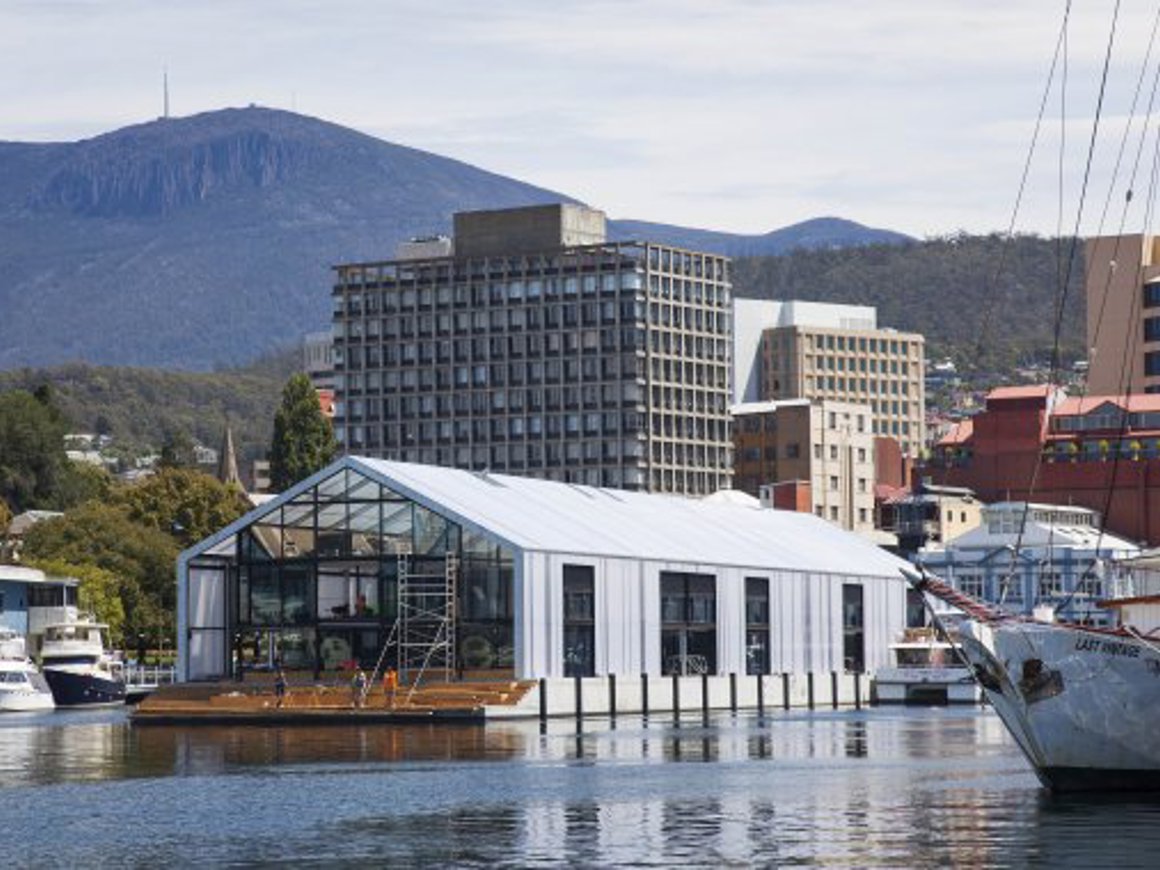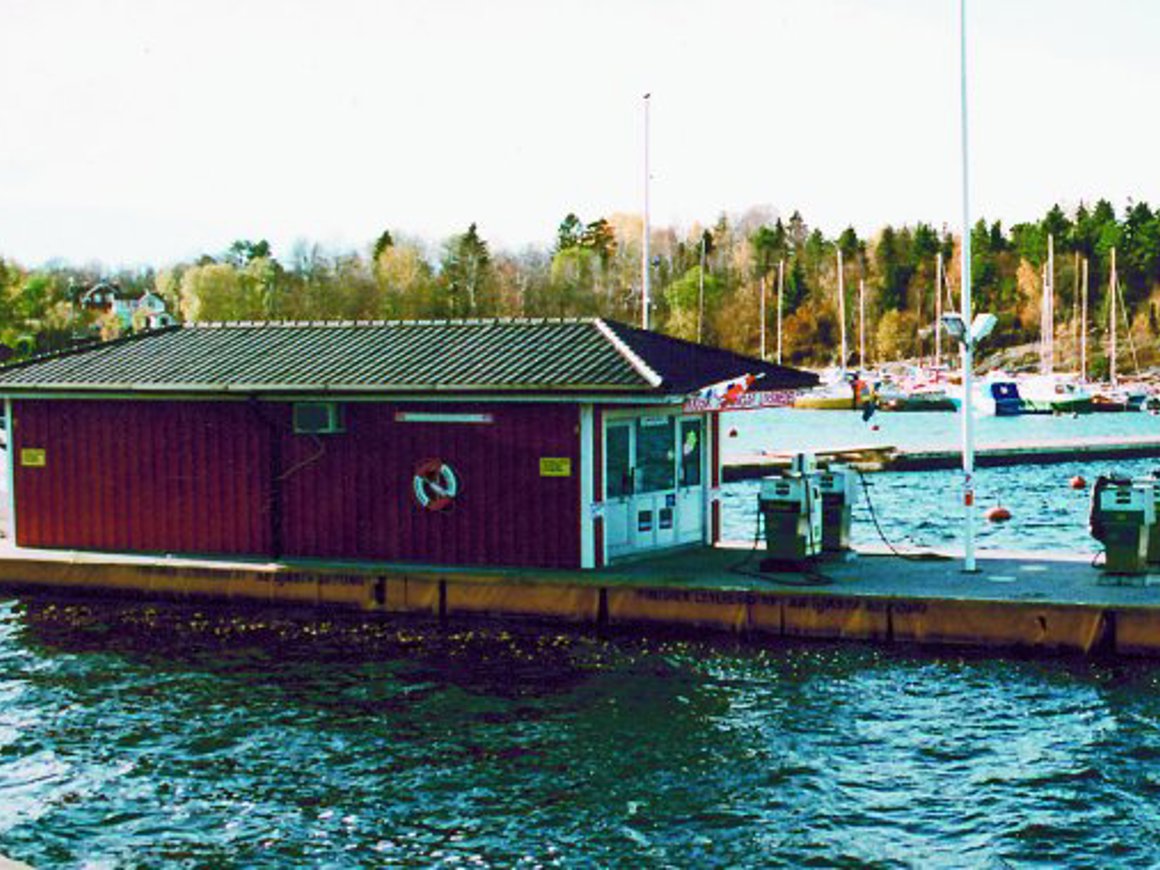Like most inventions, the SEAFLEX mooring system came about by chance. In the 1960´s, Bertil Brandt, a Swedish innovator active within the mining industry, invented a highly durable compound rubber.
He had no idea that half a century later, it would be one of the most well-known brands in the marina mooring industry throughout the world.
The company throughout the years
1968
Bertil Brandt visits a fishing harbor in Cannes where he witnessed the chaos that occurred when fishing boats berthed. This inspired the idea for a simple and secure rubber mooring arrangement with specially manufactured rubber straps.
1975
Realizing the potential of his invention, Brandt continued to develop a secure anchoring system on his return to Sweden. The first pontoon moored with SEAFLEX was installed in 1975.
1980
Bertils son Lars Brandt takes over as owner and CEO of the company, and remains in this position to this day. During the first decades of Seaflex, the product was almost exclusively sold in Sweden. Attempts were made to reach the international market, but it would take until the early 90’s before SEAFLEX seriously started making an impact on the global flexible mooring market.
1995
Seaflex takes the big step to focus more, and with time, almost exclusively, on the international market. One of the key markets from the start is the United States of America. However, from this point forward SEAFLEX can be found all around the world.
2000
During the early 2000’s, Seaflex saw a quick increase in interest from customers all around the world. Faced with this, the entire organization moved to an even bigger location, adding more production capacity and – more importantly – making room for even more quality testing equipment.
At this time, SEAFLEX had become a well-known alternative to traditional mooring methods, such as piles and chains. The main reason SEAFLEX could compete with these methods was, and still is to this day, the absolute requirement of high quality, amongst other things. Quality has always been one of the key points of the entire business concept of Seaflex, so one of the first things that was upgraded after moving to the new location was all the testing equipment; adding several new ways of performing longevity and component quality testing. Seaflex could now, for example, expand the longevity test by elongating the units to 80% for 100 000 cycles!
By adding these long-awaited upgrades, Seaflex could now also focus more on research and development, to find ways to improve SEAFLEX and create new products.
2005
Seaflex opens its first international sales office in the United States of America, which is later incorporated, and Seaflex Inc. is born. Today, Seaflex Inc is a complete company with local salespeople and engineers located in Huntington Beach, California.
2013
Seaflex Energy Systems AB is created, to focus solely on the now fast-growing sustainable energy sector. Seaflex has participated in several studies about wave- and solar energy, and in one major research project headed by the European Union (FP7), it was found that SEAFLEX increases efficiency of the energy applications by reducing the load by more than 70% as compared to traditional mooring methods. Interest for SEAFLEX as a tool to increase efficiency for wave energy converters has skyrocketed, and Seaflex Energy Systems, co-owned with Navigationsteknik i Vinslöv AB now handles all sustainable energy projects.
2015
The first sales office in China is opened, due to an increasing interest for Seaflex products in this fast-growing market.
2016
Together with Dynamic System Analysis (DSA), Seaflex showcases the highly advanced dynamic simulation tool ProteusDS on the yearly Mets exhibition in Amsterdam. The cooperation with DSA resulted in an adaptation of ProteusDS with the specific characteristics of SEAFLEX, enabling Seaflex engineers to calculate and visually demonstrate forces affecting different types of installations.
The products throughout the years
The SEAFLEX has always been the flagship product of the company. Over the years, several improvements have been to the original SEAFLEX design, and new products have been developed to enable Seaflex to offer a full range of mooring products no matter what type of application is being used.
Major revisions and new products
The SEAFLEX has seen at least four major “revisions” throughout the years, as well as several smaller improvements to material and components used. These major revisions have all changed key aspects of the SEAFLEX units, making them easier to install, easier to inspect/maintain and increasing the longevity of the system. It is important to note, though, that a SEAFLEX unit sold 30 years ago, can still handle the same forces, and fulfills the same rigorous quality standards, as a unit sold today. This is evidenced by several installations that were installed in the 1990’s still being fully functional today. In fact, our oldest installation that is still in use today is Traneberg, installed in 1982!
Over the years, the SEAFLEX unit has been joined by an entire family of mooring products, such as the Seaflex Spring and the Seaflex Buoys, to make Seaflex the natural choice for any mooring needs, no matter if it’s single-point swing mooring, a floating ferry terminal, or a regular marina.
Titanium-hybrid model
In 2013, Seaflex announced a groundbreaking improvement to the SEAFLEX unit, by offering a Titanium Hybrid Model which substantially increased the longevity of the mooring system in areas prone to corrosion. This was, and still is, the first and only mooring system using titanium to combat corrosion and decrease the total cost of ownership.


